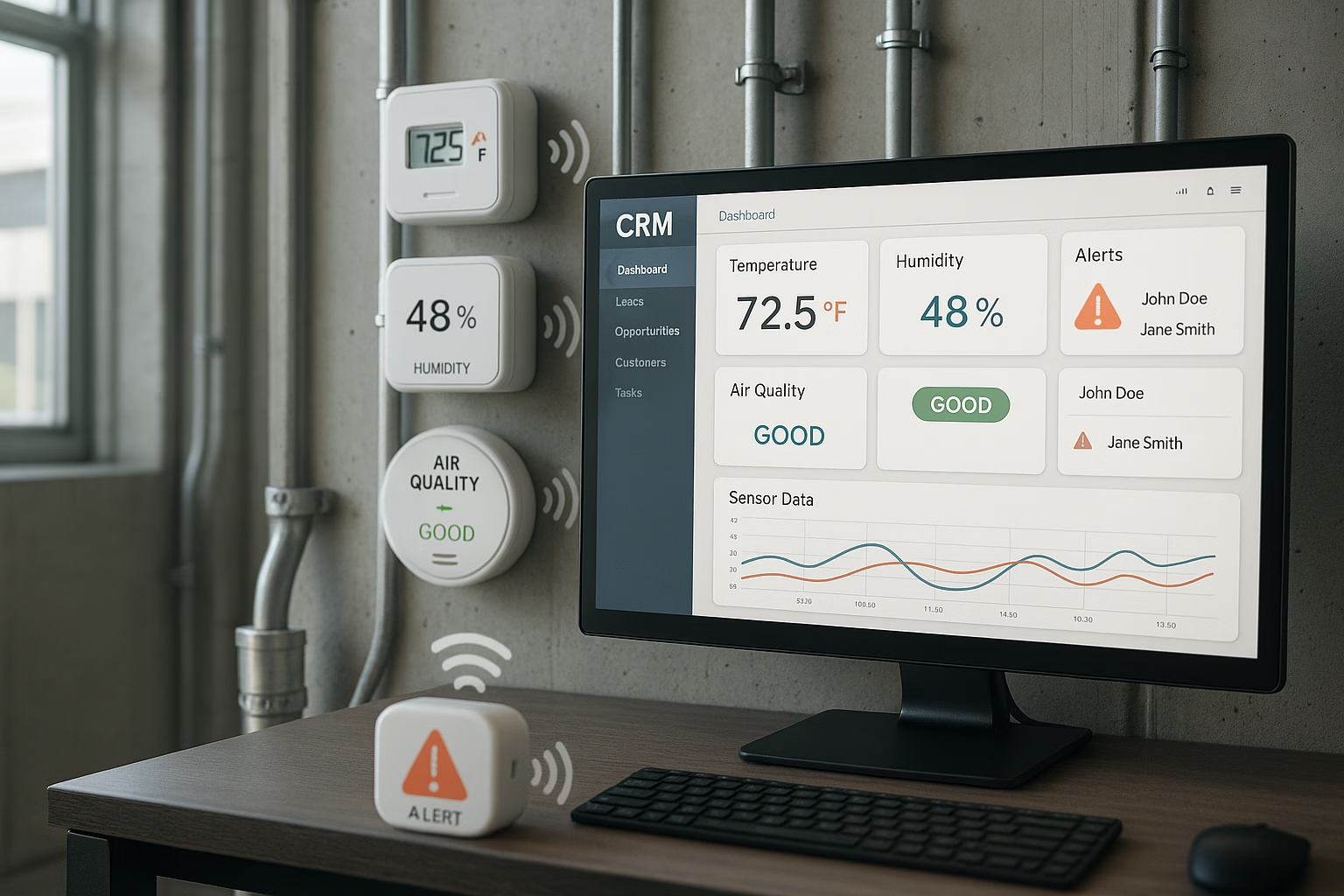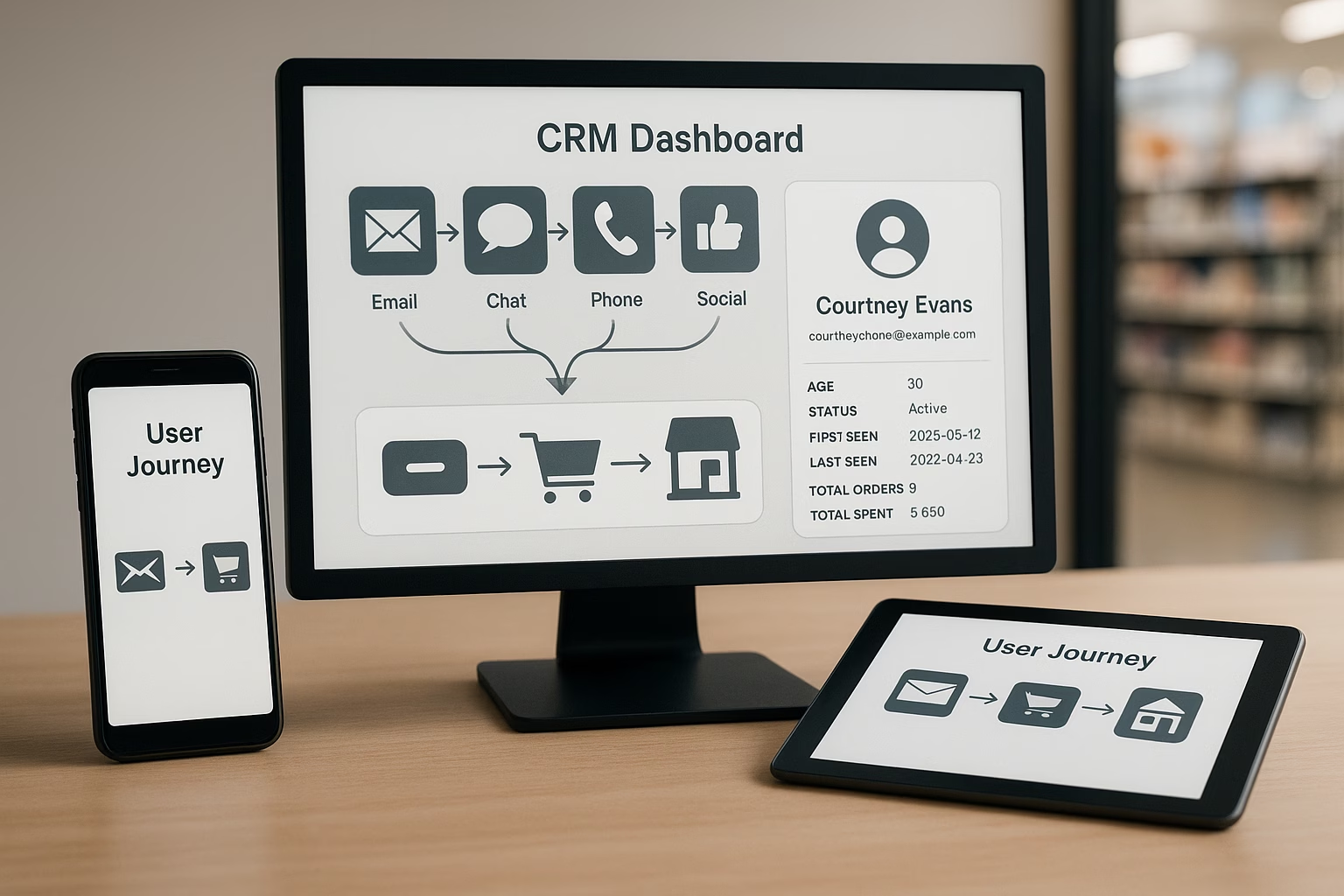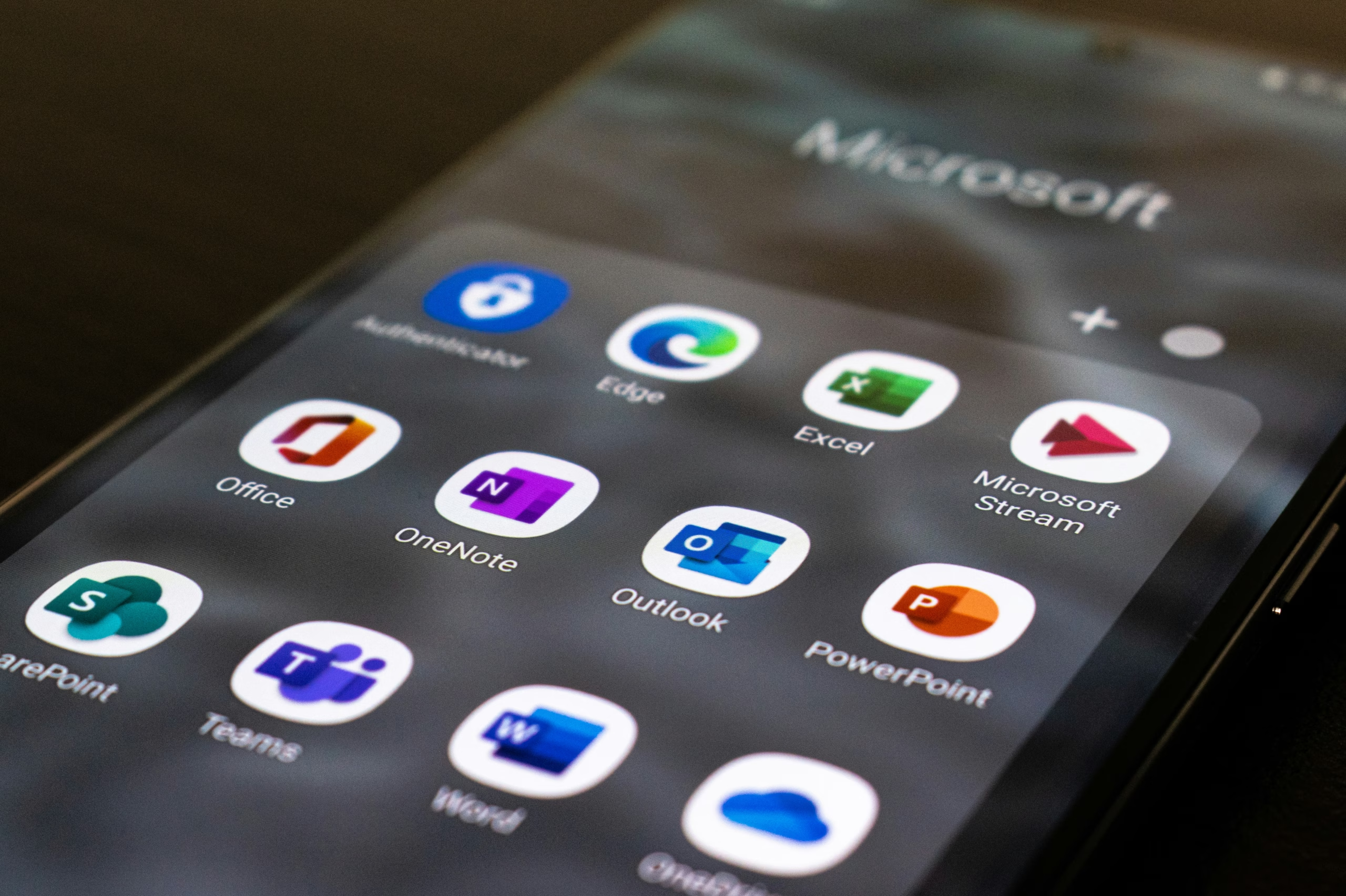You’ve invested in a CRM to manage customer relationships, but what happens when the most critical insights never make it into the system? That’s the gap IoT integration is finally starting to close. The number of connected devices worldwide is projected to exceed 75 billion by 2025 (Statista). From smart fridges and energy metres to industrial sensors and wearable tech, these devices are constantly generating data—data that speaks volumes about how, when, and where customers use your products. Yet, in many businesses, that data lives in a silo. Your CRM remains blind to what’s actually happening on the ground.
What gets missed when IoT data stays outside the CRM
Without IoT integration, your teams rely on assumptions or lagging indicators. Service agents wait for issues to be reported. Marketers guess at usage patterns. Sales teams push features customers aren’t engaging with. It creates a reactive model that falls short of customer expectations, and business potential. CRM systems were built to track interactions. IoT takes that a step further by tracking experience. A connected thermostat can flag performance degradation before the user notices. A sensor in an industrial machine can trigger a service ticket automatically. This turns CRM from a static record keeper into a real-time intelligence hub.
Proactive beats reactive—every time
When IoT and CRM work together, you can shift from reacting to problems to preventing them entirely. This could look like:
- Automatic alerts that trigger workflows when usage exceeds thresholds
- Real-time visibility into product performance tied to individual customers
- Smart routing of issues based on device data, not just user reports
McKinsey estimates that predictive maintenance enabled by IoT can reduce downtime by 30% to 50% and extend equipment life by 20% to 40%. But none of that matters if your CRM doesn’t have the data.
Integration isn’t just technical—it’s strategic
Some businesses approach IoT as a standalone project, but the real value comes when it feeds into the systems your teams use every day. That means building CRM integrations that don’t just store device data, but make it usable. What matters is clarity: Which signals require action? Who should act on them? What’s the workflow from detection to resolution?
It also means connecting dots across departments. Service might use IoT data to improve response times. Marketing could tailor campaigns based on actual usage. Product teams gain insight into how features perform in the field. When IoT data lives inside your CRM, these connections happen faster and with more confidence.
What gets in the way?
The biggest hurdles aren’t just technical complexity. It’s siloed thinking, unclear ownership, and legacy processes. Many teams still treat product usage data as something for engineering. But in reality, it’s a goldmine for customer engagement—if it’s accessible.
Another issue is data noise. Not every ping from a device needs a ticket. The key is designing smart triggers that escalate only when it matters. That requires cross-functional input, clear thresholds, and the ability to refine over time.
How Sirocco helps
At Sirocco, we work with clients to integrate IoT data into CRM environments in a way that’s meaningful, not overwhelming. We help define which signals are useful, build smart workflows around them, and ensure teams have the visibility and ownership they need to act. It’s not about connecting everything for the sake of it. It’s about making the data work for your people and your processes. Your products are already speaking. Integrating IoT with CRM ensures your business is ready to listen and act in real time.
LinkedIn caption:
You can’t optimise what you can’t see. As connected devices surge past 75 billion globally, the companies that integrate IoT data into their CRM systems will gain the upper hand. It’s not just about data—it’s about action, timing, and knowing what your customer needs before they ask. Here’s what a smart CRM-IoT strategy looks like.










